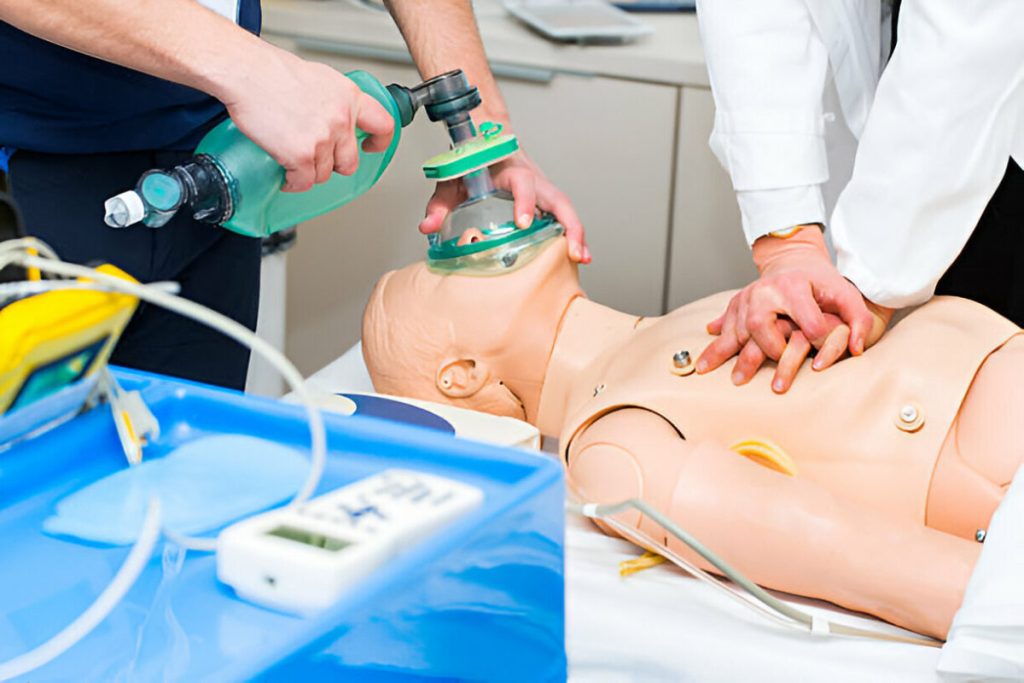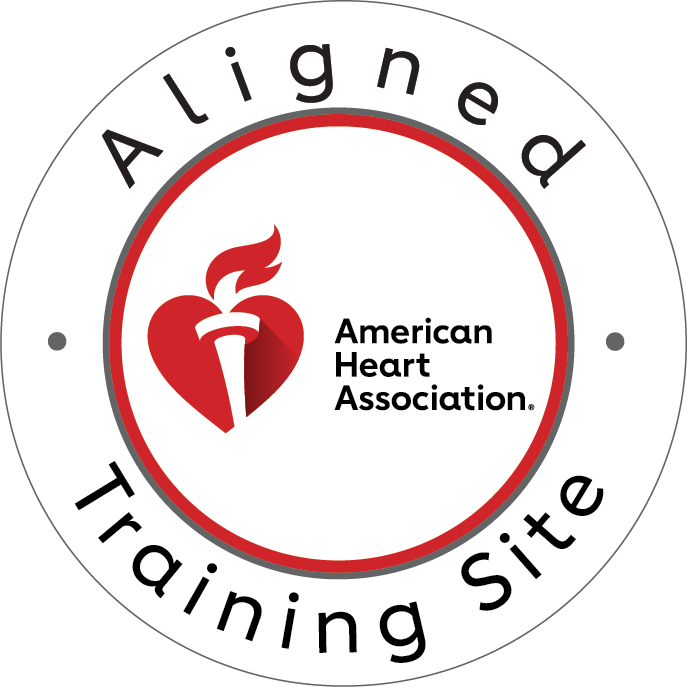Performing cardiopulmonary resuscitation (CPR) effectively requires more than just knowing the compression rate and depth. Body positioning tips in CPR form the foundation of successful resuscitation efforts, directly impacting both the quality of compressions and the rescuer’s ability to maintain life-saving efforts over extended periods.
When cardiac arrest occurs, every second counts. However, improper body mechanics during CPR can lead to rescuer fatigue, decreased compression quality, and ultimately compromised patient outcomes. Understanding and implementing correct body positioning tips for CPR ensures that healthcare providers and trained responders can deliver consistent, high-quality chest compressions throughout the entire resuscitation process.
The Foundation of Effective CPR: Proper Body Mechanics
Body positioning tips in CPR begin with establishing a stable foundation. The rescuer’s stance and overall body alignment directly influence compression effectiveness and energy conservation. Research consistently demonstrates that proper positioning not only improves patient outcomes but also reduces the physical strain on the person performing CPR.
Effective chest compressions require significant force, typically 100 to 120 pounds of pressure for adult patients. Therefore, positioning your body to generate this force efficiently while minimizing fatigue becomes crucial for sustained performance. Poor positioning leads to shallow compressions, inadequate circulation, and rescuer exhaustion within minutes.
Furthermore, maintaining proper body mechanics throughout CPR prevents injury to the rescuer. Back strain, shoulder pain, and wrist injuries commonly occur when responders neglect fundamental body positioning tips for CPR. These injuries not only affect immediate performance but can also impact long-term career sustainability for healthcare professionals.
Essential Body Positioning Tips in CPR: Upper Body Alignment
The upper body serves as the primary force generator during chest compressions. Consequently, proper shoulder, arm, and hand positioning directly determines compression quality and rescuer endurance.
Shoulder positioning represents the cornerstone of effective CPR body mechanics. Your shoulders must align directly over the patient’s chest, creating a straight vertical line from your shoulders through your arms to your hands. This alignment allows gravity to assist with compressions while maximizing force transmission. Additionally, keep your shoulders square and avoid rotating or tilting, which can cause uneven compressions and increased fatigue.
Arm positioning requires maintaining straight, locked elbows throughout the compression cycle. Bent arms force your muscles to work harder and reduce compression effectiveness. Lock your elbows at the beginning of CPR and maintain this position consistently. This technique transforms your arms into rigid levers, transferring force efficiently from your core and shoulders to the patient’s chest.
Hand placement and wrist alignment complete the upper body positioning framework. Place the heel of one hand on the lower half of the breastbone, with your second hand interlocking fingers on top. Keep your wrists straight and firm, avoiding any bending that could absorb compression force. Your fingers should remain lifted slightly off the chest, focusing all pressure through the heel of your hands.
Core and Lower Body: The Power Source for Sustained CPR
While many focus on hand and arm positioning, body positioning tips in CPR must include proper core and lower body mechanics. Your core muscles and leg positioning provide the stability and power necessary for high-quality, sustained compressions.
Core engagement transforms your torso into a solid unit, preventing energy loss through unnecessary movement. Tighten your abdominal muscles as if preparing for impact, and maintain this engagement throughout CPR. A strong, stable core allows you to use your body weight effectively while protecting your lower back from injury.
Leg positioning and stance create the foundation for everything above. Position your feet shoulder-width apart for optimal stability. The leg closest to the patient’s head should be slightly forward, creating a stable base that prevents swaying or rocking during compressions. Bend your knees slightly and keep your weight centered over both feet.
Hip positioning plays a crucial role in generating compression force. Keep your hips square to the patient and avoid twisting or rotating your pelvis. Your hips should move as one unit with your shoulders, maintaining alignment throughout the compression cycle. This positioning allows you to engage your entire body in generating downward force.
Body Positioning Tips for CPR: Optimizing Compression Technique
Effective compressions result from coordinated full-body movement rather than isolated arm action. Understanding how to integrate proper positioning with compression technique maximizes both effectiveness and sustainability.
The compression motion should originate from your hips and core, not your arms. Think of the movement as a controlled fall, using your body weight to generate force. Push hard and fast, allowing complete chest recoil between compressions. Your entire body should move as one unit, maintaining the straight line from shoulders to hands.
Breathing and rhythm coordination with body positioning help maintain consistency. Breathe regularly and avoid holding your breath during compressions. Establish a steady rhythm that allows you to maintain proper positioning throughout. Count compressions aloud when possible, as this helps maintain both rate and technique consistency.
Position adjustment strategies become necessary during extended CPR efforts. Recognize early signs of fatigue, such as shallow compressions or loss of rate consistency. When possible, switch positions with another trained rescuer every two minutes to maintain high-quality compressions. During transitions, maintain your established body positioning principles.
Advanced Body Positioning Tips in CPR for Different Scenarios
Real-world CPR scenarios often present challenges that require modified positioning approaches. However, the fundamental body positioning tips for CPR remain consistent across various situations.
Elevated surface positioning occurs when performing CPR on beds, stretchers, or other raised surfaces. Lower the bed or gurney to an appropriate height – ideally, the patient’s chest should be at the level of your lower sternum. This positioning allows you to maintain straight arms and proper shoulder alignment without compromising your back.
Ground-level CPR requires additional considerations for knee and back protection. Kneel beside the patient with your knees positioned at chest level. Use knee pads when available, and consider placing one knee slightly forward for better stability. Maintain the same upper body positioning principles while adapting to the lower working height.
Team CPR positioning involves coordinating multiple rescuers while maintaining individual body mechanics. The compressor should maintain optimal positioning while allowing space for airway management and other interventions. Switch positions smoothly, with the incoming compressor assuming proper body positioning before taking over compressions.
Maintaining Quality Through Extended Resuscitation Efforts
Extended CPR scenarios test both technique and endurance. Body positioning tips in CPR become even more critical during prolonged resuscitation efforts, where maintaining quality over time determines patient outcomes.
Fatigue recognition and management start with understanding how poor positioning accelerates exhaustion. Monitor your compression depth and rate continuously. When you notice decreased performance, focus on returning to fundamental positioning principles rather than simply trying harder. Often, minor positioning adjustments can restore compression quality without increasing effort.
Recovery positioning between compression cycles allows a brief respite while maintaining readiness. During ventilation phases or rhythm checks, maintain your position beside the patient. Keep your hands in place when possible, and use these brief moments to readjust your stance and body alignment.
Sustainability strategies for extended CPR include rotation schedules, proper hydration, and energy conservation techniques. However, none of these strategies can compensate for poor body positioning. Maintain your fundamental positioning principles throughout the entire resuscitation effort.
Training and Practice: Perfecting Your CPR Body Positioning
Mastering body positioning tips for CPR requires dedicated practice and proper instruction. Muscle memory develops through repetition, making regular training essential for maintaining proper technique under stress.
Simulation training provides the ideal environment for practicing and refining body positioning techniques. Use manikins that provide feedback on compression depth and rate, allowing you to correlate your positioning with performance metrics. Practice in various scenarios and positions to build adaptability while maintaining core positioning principles.
Self-assessment techniques help identify positioning errors during practice. Record yourself performing CPR from multiple angles, or have colleagues observe and provide feedback. Focus on maintaining proper alignment throughout extended practice sessions, as this builds the endurance necessary for real-world applications.
Continuous improvement through regular recertification ensures your technique remains current and effective. Stay updated on the latest guidelines and evidence-based practices related to CPR body positioning and technique.
Take Action: Enhance Your CPR Skills Today
Proper body positioning tips in CPR save lives and protect rescuers from injury. However, reading about the technique cannot replace hands-on training and practice. Professional instruction provides the foundation for developing and maintaining these critical skills.
CPR Nashville offers comprehensive training programs that emphasize proper body mechanics and positioning techniques. Our American Heart Association-certified instructors provide hands-on guidance to help you master these essential skills. Whether you need CPR certification in Nashville for personal preparedness or BLS certification in Nashville for professional requirements, our stress-free, practical approach ensures you develop the confidence and competence necessary for real-world emergencies.
Don’t wait until an emergency occurs to discover the importance of proper CPR body positioning. Contact CPR Nashville today to schedule your certification or renewal training. Learn from experienced instructors who understand the critical connection between proper technique and successful outcomes. Your commitment to mastering these skills could make the difference between life and death for someone in your community.





